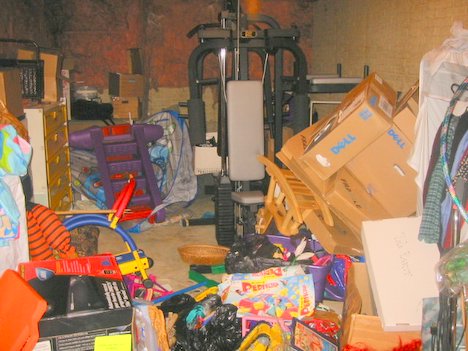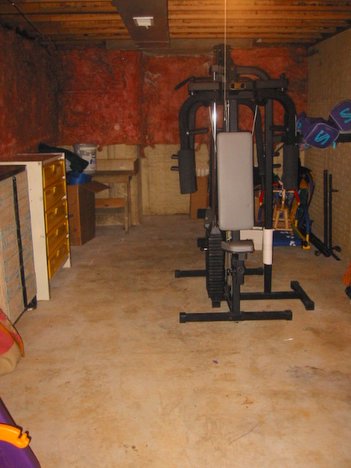
Peter Walsh and Marie Kondo are two prominent figures in the world of organizing and decluttering, each with a distinctive approach to helping people manage their spaces.
Marie Kondo
Marie Kondo, a Japanese organizing consultant, is famous for her KonMari method, as outlined in her book “The Life-Changing Magic of Tidying Up.” Her method is deeply introspective and emphasizes tidying by category (not by location) and keeping only those items that “spark joy.” The steps of the KonMari method include:- Committing yourself fully to tidying up.
- Imagining your ideal lifestyle.
- Finishing discarding first before finding a place for remaining items.
- Tidying by category — clothes, books, papers, komono (miscellaneous items), and finally, sentimental items.
- Asking yourself if the item sparks joy.
Peter Walsh
Peter Walsh, an organizational expert originally from Australia, focuses on the psychological aspects of clutter. His approach is more about the effect of clutter on emotional well-being and decision-making. His method involves:
- Identifying the vision** you have for each room in your home.
- Considering how your clutter is impacting your life and your emotional state.
- Sorting items into defined categories like trash, donate, or keep.
- Organizing things in a way that respects the space limits of your home.
Key Differences
- Emotional Connection: Kondo focuses on the joy an item brings and is more about personal satisfaction. Walsh addresses how clutter affects emotional and psychological well-being, focusing on the broader impacts on life and happiness.
- Methodology: Kondo is very structured, advocating a specific sequence of actions and focusing on categories. Walsh is more flexible, emphasizing the end-purpose or function of spaces and psychological barriers to decluttering.
- Cultural Influences: Kondo’s method has a distinct Japanese influence, emphasizing minimalism and harmony with belongings. Walsh’s method is more Western, practical, and aimed at maximizing the utility of spaces.

